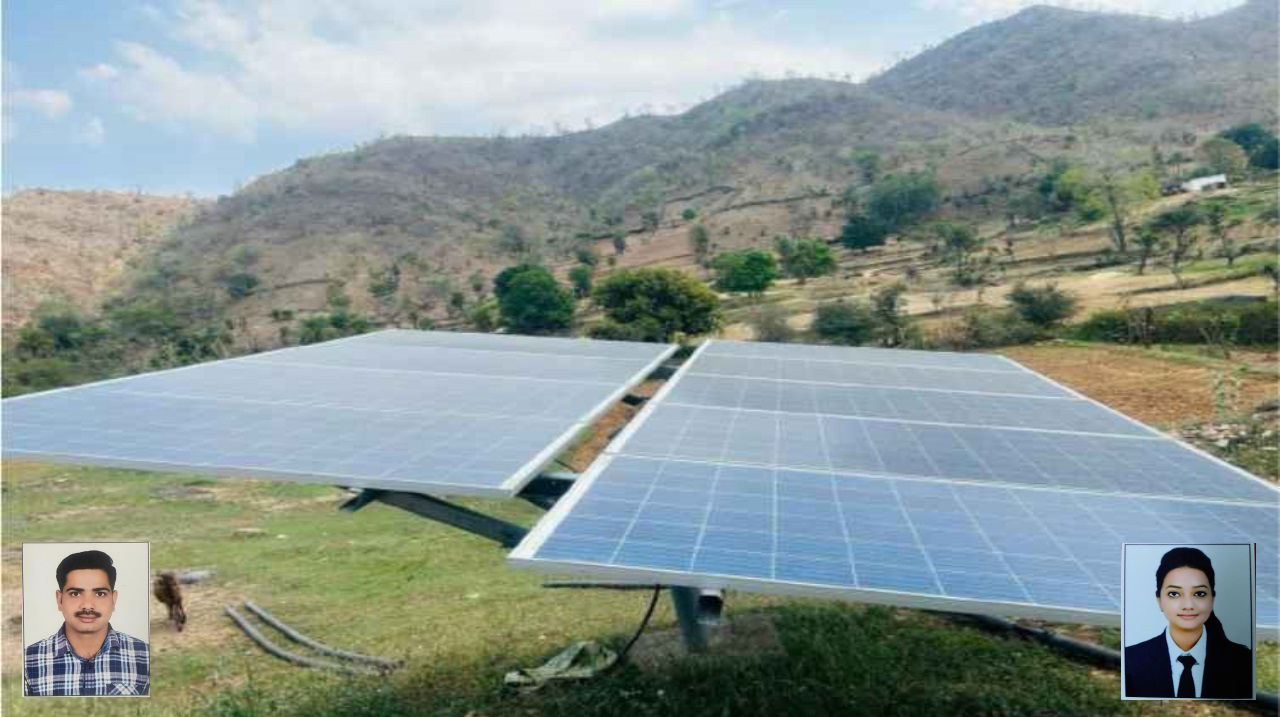
Using solar panels to grow food and generate electricity is known as agrivoltaics. This technique is known by various names in different parts of the world, including PV agriculture, agrisolar and agrophotovoltaics.
Agrivoltaics, in the opinion of many experts, can reduce obstacles to food security and the switch to clean energy. Although the practice is still in its early stages, it is anticipated to expand over the next few decades as solar energy continues to soar.
Principle Behind Agrivoltaics
With agrivoltaics, solar panels are installed in the ground at a higher elevation than in conventional solar arrays, allowing the soil below to be used for agricultural purposes. Solar development relies heavily on the prudent use of rural land through initiatives like agrivoltaics. It can lessen its effects on rural wildlife and farming communities while gaining public support for solar energy.
The farm receives electricity from the panels without being connected to the grid, and the nearby community receives grid-tied electricity. In addition to raising crops for the market, the food generated by the panels can also give grazing animals shade and food. Farmers profit monetarily from both the crops and the energy they produce through net metering programs or by leasing their land to solar developers.
Advantages of Agrivoltaics
- Reduction in loss of water and higher yield- By casting shade, solar panels can cut down on moisture evaporation from the soil below. In one study, this reduction in moisture loss was as much as 40%.
- Support for farmers- The American Farmland Trust's "smart solar" recommendations include rewarding agrivoltaics to increase farming's profitability and affordability for the coming generation of food producers.
- Settling disputes about land use- The economic and racial injustice of fossil fuel use is lessened by protecting farmland while increasing solar development.
Agrivoltaics Projects
Although the idea of fusing solar power with agriculture was first proposed in the 1980s, the term "agrivoltaics" and its associated practices first appeared in the first decade of the twenty-first century. While some operations have achieved commercial success, the majority of agrivoltaic projects today are small-scale and still in the research and development phase.
More than two dozen project sites are listed by the National Renewable Energy Laboratory (NREL) of the Department of Energy as part of its InSPIRE (Innovative Site Preparation and Impact Reductions on the Environment) program. Projects range from tomatoes to pollinator-friendly wildflowers.
- Livestock
Grazing animals on the ground beneath solar panels is one of the most popular applications of agriculture with solar panels, and it also has the biggest potential for producing electricity. Large farm equipment is not necessary to accomplish this at scale.
- Crops
Intensive horticulture (fruits and vegetables) or the production of cereals and legumes is another common component of agrivoltaic projects. For instance, vineyards in Italy and India have solar panels installed above them.
Obstacles in Agrivoltaics
- Crop growth may be impacted by changes in the water distribution on a farm caused by rainwater runoff from solar panels.
- Because there is less evaporation beneath the panels, there is a greater chance of parasites or illness introduction.
- The biggest challenge facing many farming operations is the upfront costs of installing a solar photovoltaic system.
By addressing these issues, agrivoltaic systems can advance and benefit communities that use them by increasing their food and energy security
Authored by: Shivangi Upadhyay and Raghu Nandan Singh Khatana. PhD Research Scholar, Department of Agricultural Economics & Management, RCA, MPUAT, Udaipur and Assistant Professor, School of Agriculture, Suresh Gyan Vihar University, Jaipur respectively.
















